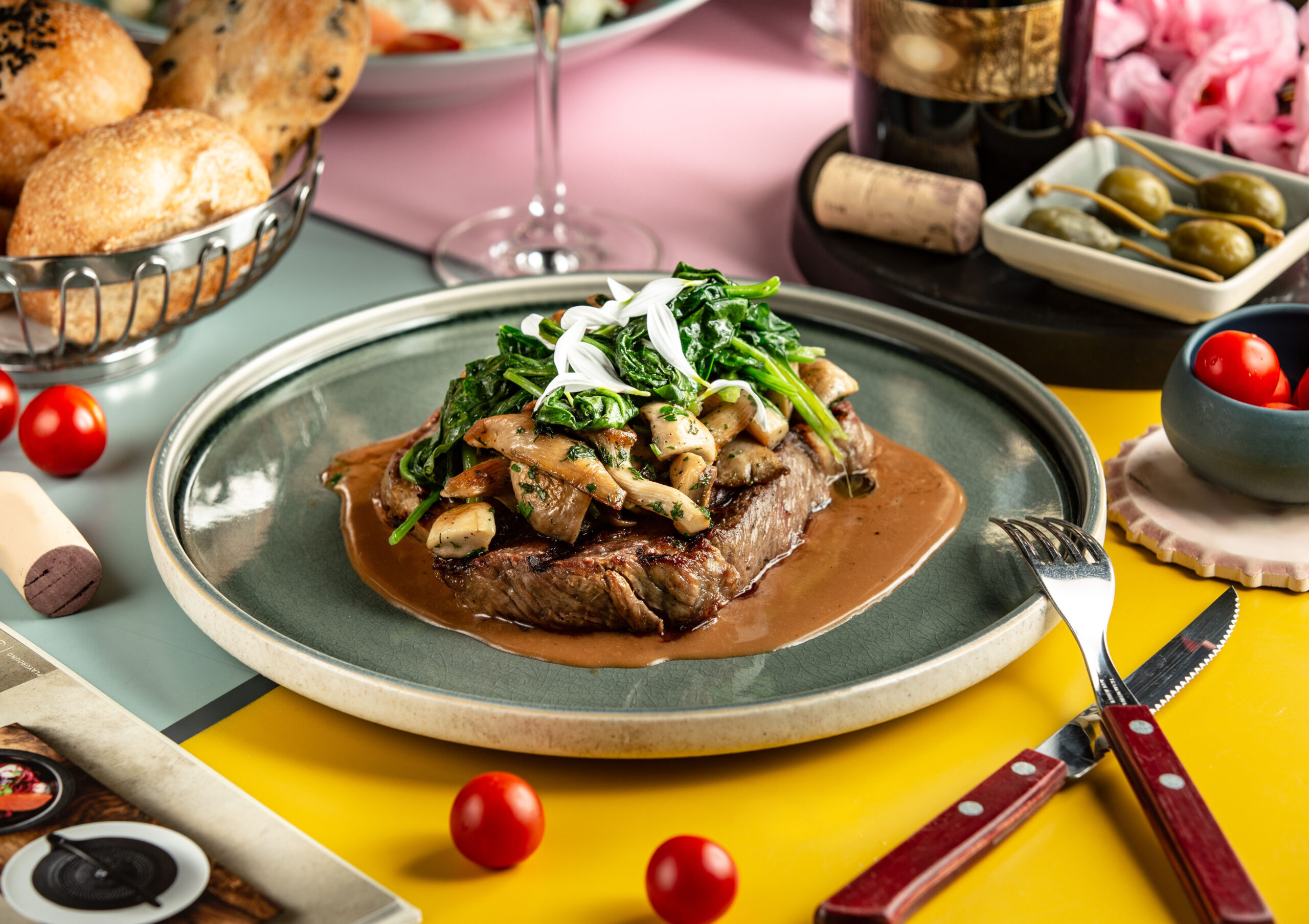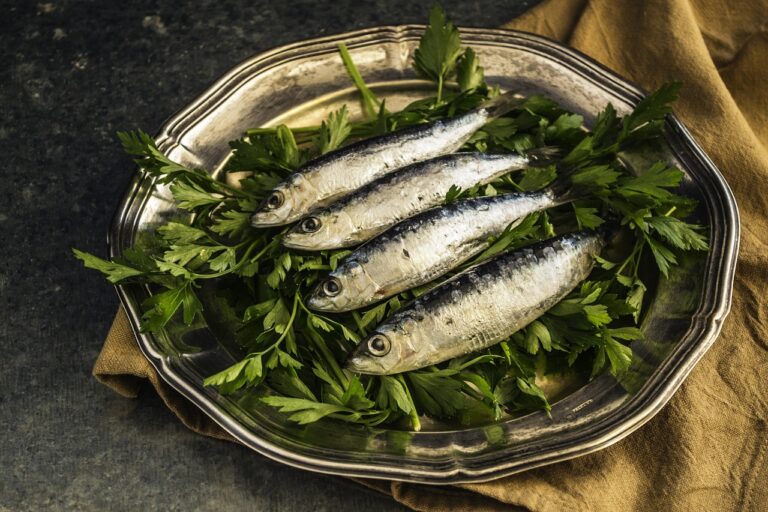
Few dishes capture the warmth and richness of Italian-American cuisine quite like Mannacote. Known for its tender pasta tubes filled with creamy cheese and covered in bubbling sauce, this beloved dish has earned a place on family tables, restaurant menus, and Sunday dinners across generations. While its name and pronunciation may vary, its essence remains the same — a comforting blend of tradition, taste, and togetherness.
What Is Mannacote?
At its core, Mannacote (a variation of manicotti) is a baked pasta dish that represents the heart of Italian comfort food. The word manicotti comes from the Italian term manica, meaning “sleeve” — a fitting description for the large, tube-shaped pasta that gets stuffed with delicious fillings.
Traditionally, in Italy, a similar dish is made using crespelle, which are delicate, thin crepes rather than dried pasta tubes. These are rolled around a luscious cheese mixture, covered with sauce, and baked until golden and bubbly. The Italian-American version we know as Mannacote typically uses pasta shells — ridged tubes that hold sauce beautifully and create that irresistible oven-baked texture.
The History and Origins of Mannacote
Like many iconic Italian-American dishes, Mannacote tells a story of adaptation and cultural blending. In Italy, the dish began as crespelle al forno — baked crepes filled with ricotta and spinach or other regional ingredients. When Italian immigrants came to America, they recreated these flavors using the ingredients available to them.
Since crepes weren’t as common in American kitchens, cooks substituted pasta tubes, leading to the version that became known as manicotti — or as some families lovingly pronounce it, mannacote. Over time, it became a Sunday staple and a centerpiece for celebrations, especially in Italian-American households.
The Core Ingredients of Mannacote
The beauty of Mannacote lies in its simplicity and versatility. It’s a dish that welcomes creativity while staying rooted in tradition. Let’s explore its essential components:
1. The Pasta
The foundation of Mannacote is its large, tubular pasta. These tubes are slightly ridged, allowing them to hold onto sauce and cheese more effectively. Cooked al dente, they maintain structure while absorbing just enough sauce to stay tender and flavorful.
In Italy, thin crespelle may take the place of pasta, offering a lighter texture. Whether you choose pasta shells or crepes, the key is ensuring they’re sturdy enough to hold the filling but soft enough to melt in your mouth after baking.
2. The Filling
A classic Mannacote filling features a rich, creamy blend of cheeses. The most traditional trio includes:
-
Ricotta – smooth and mild, serving as the creamy base.
-
Mozzarella – adds gooey, stretchy texture.
-
Parmesan – offers depth and a nutty, savory bite.
Many home cooks also add ingredients like spinach, herbs, garlic, or ground meat to create unique flavor profiles. For a vegetarian version, spinach and fresh basil bring freshness, while a meaty variation might include Italian sausage or ground beef for heartiness.
3. The Sauce
No Mannacote is complete without a generous layer of sauce. Typically, a marinara or tomato sauce is used, made with ripe tomatoes, olive oil, garlic, and herbs like oregano and basil.
For those who prefer a richer twist, a creamy béchamel or a blend of tomato and cream sauces can be used, giving the dish a smooth, indulgent texture. The sauce not only adds moisture but also enhances every bite with its aromatic, tangy flavor.
4. The Bake
Once stuffed and layered with sauce, Mannacote is topped with shredded mozzarella and grated Parmesan. It’s then baked until the cheese melts into a golden, bubbling crust — the ultimate sign that it’s ready to serve.
The heat of the oven unites all the components, creating a dish that’s creamy inside, slightly crisp at the edges, and deeply satisfying in every forkful.
How to Make Mannacote at Home
Making Mannacote from scratch might sound intimidating, but it’s actually a rewarding and enjoyable cooking experience. Here’s a simple overview of the process:
-
Prepare the pasta: Cook manicotti tubes in salted water until al dente. Drain and set aside.
-
Mix the filling: Combine ricotta, shredded mozzarella, Parmesan, egg, salt, pepper, and any herbs or add-ins.
-
Stuff the pasta: Gently fill each tube using a spoon or piping bag.
-
Layer the dish: Spread sauce on the bottom of a baking dish, arrange stuffed tubes, and cover them with more sauce and cheese.
-
Bake: Cover with foil and bake at 375°F (190°C) for about 25–30 minutes. Remove foil and bake an additional 10 minutes until the top is golden and bubbling.
The result? A perfect tray of Mannacote — creamy, cheesy, and bursting with Italian flavor.
Variations of Mannacote
One of the reasons Mannacote remains so beloved is its flexibility. You can easily tailor the recipe to suit dietary preferences, seasons, or special occasions. Here are a few popular variations:
-
Spinach Mannacote: Add sautéed spinach and garlic to the cheese filling for a vegetarian twist.
-
Meat Mannacote: Mix ground beef, sausage, or turkey into the filling for extra richness.
-
Seafood Mannacote: Combine ricotta with crab, shrimp, or scallops for a luxurious coastal flavor.
-
White Sauce Mannacote: Swap marinara for Alfredo or béchamel for a creamy, indulgent experience.
-
Gluten-Free Mannacote: Use gluten-free pasta shells or crepes made from rice flour.
Each variation maintains the comforting essence of the original while introducing new textures and flavors.
Serving and Pairing Ideas
Mannacote is often served as a main course, but it also pairs beautifully with sides that balance its richness. Some great companions include:
-
Garlic bread or bruschetta for a crispy contrast
-
Caesar salad or Caprese salad for freshness
-
Roasted vegetables for added depth
-
A glass of Chianti or Pinot Grigio to complement the flavors
For dessert, consider finishing your meal with a classic tiramisu or cannoli — the perfect sweet finale to an Italian feast.
Cultural Significance and Family Tradition
Beyond its ingredients, Mannacote carries deep cultural meaning. For many Italian-American families, it’s a dish of nostalgia and love — a centerpiece of holidays, Sunday dinners, and celebrations. Making Mannacote together often becomes a cherished ritual, passed down from grandparents to grandchildren.
The dish represents more than food; it’s a reminder of family roots, shared meals, and the joy of gathering around the table.
Why Mannacote Remains a Timeless Favorite
In a world full of fast food and fleeting trends, Mannacote endures because it celebrates the best of home cooking: warmth, flavor, and connection. It’s versatile enough for everyday dinners yet elegant enough for special occasions. Its layers of cheese, pasta, and sauce speak a universal language of comfort.
Whether you prepare it the traditional way or put your own creative spin on it, Mannacote is proof that the simplest dishes often bring the greatest pleasure.
Conclusion
Mannacote is more than just an Italian pasta bake — it’s a story of heritage, adaptation, and culinary passion. With its creamy filling, savory sauce, and baked perfection, it continues to bring people together across generations and cultures.
So the next time you crave something hearty and heartwarming, try making Mannacote. With every bite, you’ll taste the rich history and timeless charm of Italian comfort food at its finest.







